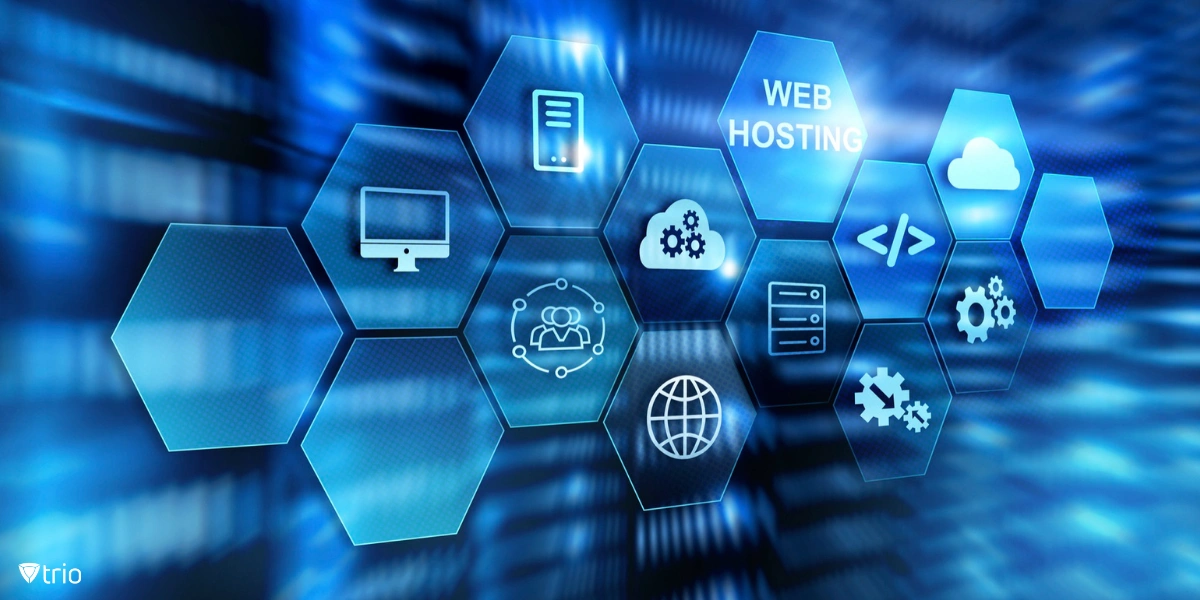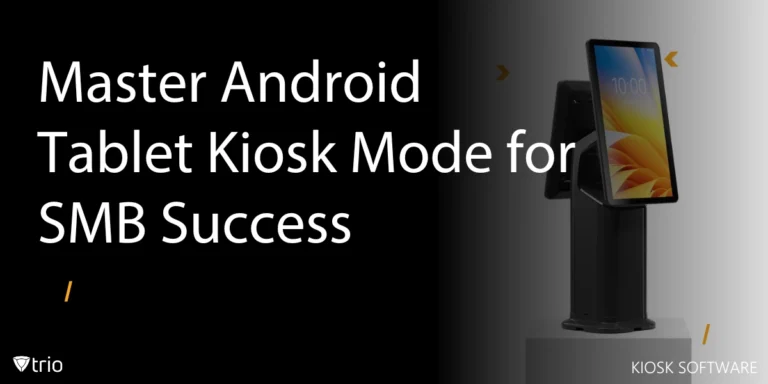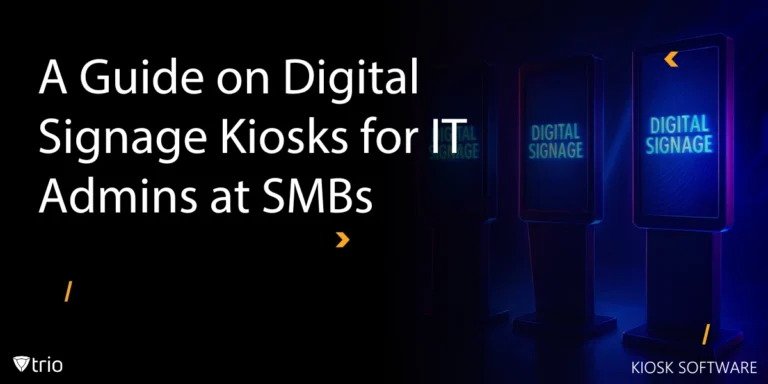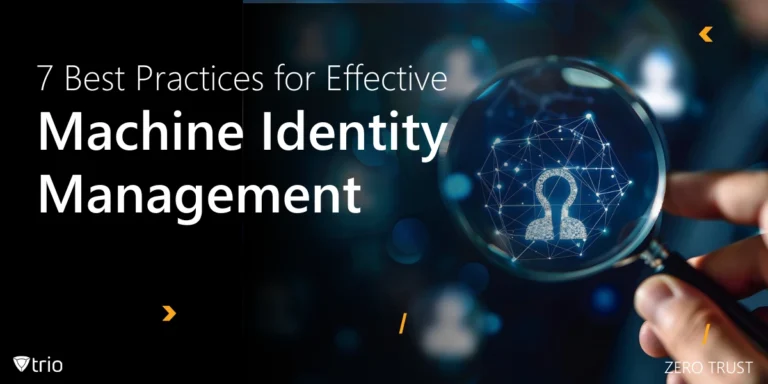In the digital age, where technology drives almost every business operation, managing IT resources effectively has never been more critical. IT Asset Management (ITAM) provides organizations with a strategic framework to track, control, and optimize their IT assets throughout their lifecycle. From physical hardware and software to licenses and cloud resources, ITAM best practices ensure that every component of an organization's IT infrastructure is accounted for and utilized efficiently.
Without effective ITAM practices, organizations face a myriad of challenges, including overspending on unused resources, compliance risks from unlicensed software, and operational inefficiencies due to outdated technology. ITAM helps businesses overcome these hurdles by establishing a centralized approach to managing IT assets. This not only improves cost control but also enhances security and streamlines operations.
Moreover, ITAM is not just about inventory tracking; it is a proactive strategy that aligns IT resources with business objectives. By implementing best practices, organizations can ensure that their technology investments deliver maximum value. In this blog, we delve into the key best practices for ITAM and explore how these strategies can transform your IT landscape.
What is ITAM?
IT Asset Management (ITAM) is the strategic approach to tracking, managing, and optimizing an organization's IT assets throughout their lifecycle. These assets include hardware, software, licenses, cloud resources, and other digital resources.
The process begins with inventory tracking, ensuring organizations have a clear picture of their assets. It extends to usage optimization, cost control, and maintaining compliance with regulatory and licensing requirements. ITAM plays a critical role in preventing unnecessary expenditures, reducing risks, and improving operational efficiency.
By adopting ITAM best practices, organizations can align their IT investments with business goals, making it easier to manage resources effectively in a rapidly evolving technology landscape.
Why ITAM Best Practices Matter
ITAM best practices are the foundation of efficient asset management. Without clear guidelines, businesses risk overspending, security breaches, and compliance violations.
These best practices help organizations track assets accurately, ensuring they are utilized to their full potential. This improves ROI while eliminating redundant or unused resources. For instance, a robust ITAM strategy can highlight underused software licenses, enabling reallocation or cancellation to save costs.
Another benefit is improved compliance. Many organizations face penalties due to licensing violations or data breaches caused by unmanaged assets. ITAM best practices ensure that all hardware and software comply with licensing agreements and regulatory standards, mitigating these risks.
Moreover, ITAM provides actionable insights into asset performance, helping IT teams make data-driven decisions about future investments. This proactive approach ensures businesses stay ahead of technological demands and changes.
ITAM Best Practices for Organizations
The best practices for ITAM include:
1. Establish a Centralized Asset Inventory
A centralized inventory is the cornerstone of ITAM. Organizations should use automated tools to track all hardware, software, and digital assets across departments and locations. Centralized inventory ensures that IT teams have a single source of truth regarding asset ownership, location, and usage. This eliminates redundancy and provides accurate data for audits and compliance.
Automation plays a significant role here. Modern ITAM tools can automatically discover assets across networks, ensuring real-time updates and reducing manual errors. Integration with other IT management tools further enhances visibility and efficiency. By keeping an updated inventory, businesses can also identify aging or obsolete assets and plan timely replacements, minimizing downtime and performance issues.
2. Define Clear Policies and Processes
Organizations must establish clear ITAM policies that outline the procedures for acquiring, deploying, maintaining, and retiring assets. These policies should be accessible and consistently enforced.
Defining roles and responsibilities is essential. ITAM policies should specify who is responsible for tracking assets, conducting audits, and ensuring compliance. This clarity prevents accountability gaps and fosters efficient management.
Standardized procedures for procurement and deployment reduce inconsistencies and ensure new assets meet organizational requirements. Similarly, well-defined retirement processes help mitigate security risks associated with outdated hardware or software. Regularly reviewing and updating policies ensures they remain aligned with evolving business needs and technological advancements.
3. Prioritize Compliance and Licensing Management
Licensing compliance is a critical aspect of ITAM, as non-compliance can result in hefty fines and reputational damage. Organizations must track software licenses and ensure they are used within the agreed terms. ITAM tools can help monitor license usage, flagging overutilization or underutilization. This enables businesses to adjust license counts to match actual needs, avoiding unnecessary costs.
Regular audits are another best practice. By conducting internal audits, organizations can identify compliance gaps before external audits reveal them. These audits should cover hardware warranties, software licenses, and cloud service agreements. In addition, keeping documentation of all licenses and contracts organized and accessible streamlines audit processes and strengthens compliance efforts.
4. Implement Lifecycle Management
Asset lifecycle management involves tracking assets from acquisition to disposal, ensuring they are managed efficiently at each stage. The lifecycle begins with procurement, where organizations should choose assets that align with their long-term needs. Deployment involves configuring and integrating assets into the IT environment with minimal disruption and maximal sutainability.
Throughout the usage phase, IT teams should monitor asset performance, applying updates and patches to extend their lifespan. Regular maintenance reduces the likelihood of failures and enhances productivity. Finally, during retirement, businesses should ensure assets are securely decommissioned or disposed of to prevent data breaches. Proper recycling or resale of hardware can also reduce environmental impact.
5. Leverage ITAM Tools and Automation
Modern ITAM tools are essential for managing assets effectively in complex IT environments. These tools automate inventory tracking, compliance monitoring, and reporting, saving time and reducing errors.
Automation simplifies repetitive tasks, such as software updates, license renewals, and audit preparation. By integrating ITAM software with other IT systems like help desks and monitoring platforms, organizations can achieve a more unified management approach.
AI and machine learning capabilities in ITAM tools provide predictive insights, such as identifying assets at risk of failure or highlighting cost-saving opportunities. This enables IT teams to act proactively rather than reactively. Choosing the right ITAM tool is critical. Organizations should evaluate features, scalability, and integration capabilities to ensure the tool meets their specific needs.

6. Train IT and Non-IT Staff on ITAM Policies
Effective ITAM requires collaboration between IT teams and other departments. Training all employees on ITAM policies ensures consistent adherence across the organization.
IT staff should receive in-depth training on asset tracking tools, compliance requirements, and lifecycle management practices. This equips them to manage assets proactively and address issues promptly.
Non-IT staff should understand their role in ITAM, such as following proper procedures for requesting or using assets. Awareness campaigns and easy-to-follow guides can help foster compliance.
Regular training sessions, coupled with updates on policy changes, ensure employees remain informed and aligned with ITAM objectives.
7. Monitor and Analyze Asset Data Continuously
Continuous monitoring is essential for optimizing asset utilization and performance. ITAM tools provide detailed reports and analytics that help organizations make informed decisions.
Monitoring usage patterns allows IT teams to identify underutilized assets and reallocate them to areas of need. Similarly, analyzing performance data highlights potential issues before they escalate.
Real-time insights into asset costs, maintenance schedules, and compliance statuses enable proactive management. This ensures organizations maximize their ROI while minimizing risks.
Regularly reviewing analytics also helps refine ITAM strategies, ensuring they remain effective as business needs evolve.
8. Regularly Review and Update ITAM Strategies
ITAM is not a one-time effort but an ongoing process. Organizations should regularly assess their IT asset management strategies to ensure they remain aligned with business goals and technological advancements.
Periodic reviews help identify gaps in current practices and highlight areas for improvement. This may include adopting new tools, revising policies, or implementing additional training programs.
Engaging stakeholders from various departments in these reviews ensures the ITAM strategy addresses diverse needs and challenges. This collaborative approach fosters greater buy-in and compliance.
By treating ITAM as an evolving practice, organizations can stay ahead of industry trends and maintain an efficient and secure IT environment.
How Mobile Device Management Works with IT Asset Management
Mobile Device Management (MDM) and IT Asset Management (ITAM) are complementary solutions that together provide comprehensive oversight and control over an organization’s IT environment. MDM focuses on managing mobile devices such as smartphones, tablets, and laptops, while ITAM deals with the broader scope of tracking and optimizing all IT assets, including hardware, software, and licenses. The integration of these two systems creates a unified approach to managing resources, enhancing efficiency and security across the organization.
The primary connection between MDM and ITAM lies in inventory management. MDM solutions continuously track mobile devices, collecting data about their location, configurations, and installed applications. This real-time information feeds into the ITAM system, ensuring the centralized asset inventory is always up-to-date. By integrating these systems, organizations can maintain a single source of truth for all assets, making it easier to monitor device status, identify redundant resources, and ensure compliance with policies and regulations.
Another critical aspect is lifecycle management. MDM ensures that mobile devices are properly configured, updated, and secure throughout their lifecycle, while ITAM tracks the financial and operational aspects, such as procurement, depreciation, and retirement. Together, these systems provide a complete picture of device usage and value, enabling organizations to plan upgrades, replacements, or reallocations efficiently. This collaboration minimizes downtime, enhances productivity, and optimizes asset utilization.
Security and compliance are also significantly improved by combining MDM and ITAM. MDM enforces security policies like encryption, remote wipe, and access controls for mobile devices, while ITAM ensures that all devices adhere to licensing agreements and regulatory requirements. Additionally, ITAM’s reporting and auditing capabilities complement MDM’s monitoring features, providing a comprehensive view of asset compliance. This integration not only reduces risks but also strengthens the organization’s overall IT governance.
By working together, MDM and ITAM solutions enable organizations to effectively manage their IT landscape, streamline operations, and adapt to the dynamic needs of a modern workforce.
Conclusion
Implementing IT Asset Management best practices is essential for organizations seeking to optimize their IT investments and operations. From maintaining a centralized inventory to leveraging automation and continuous monitoring, these practices provide a roadmap for efficient asset management.
By adopting ITAM best practices, businesses can reduce costs, improve compliance, and enhance overall productivity. IT admins play a crucial role in driving these efforts, ensuring the organization’s IT environment remains secure, efficient, and future-ready.
Looking for a smarter way to manage your IT assets? Discover how Trio’s advanced ITAM solutions can help streamline your processes, improve compliance, and maximize ROI. Start your free trial today and revolutionize the way you manage IT assets!
Get Ahead of the Curve
Every organization today needs a solution to automate time-consuming tasks and strengthen security.
Without the right tools, manual processes drain resources and leave gaps in protection. Trio MDM is designed to solve this problem, automating key tasks, boosting security, and ensuring compliance with ease.
Don't let inefficiencies hold you back. Learn how Trio MDM can revolutionize your IT operations or request a free trial today!





